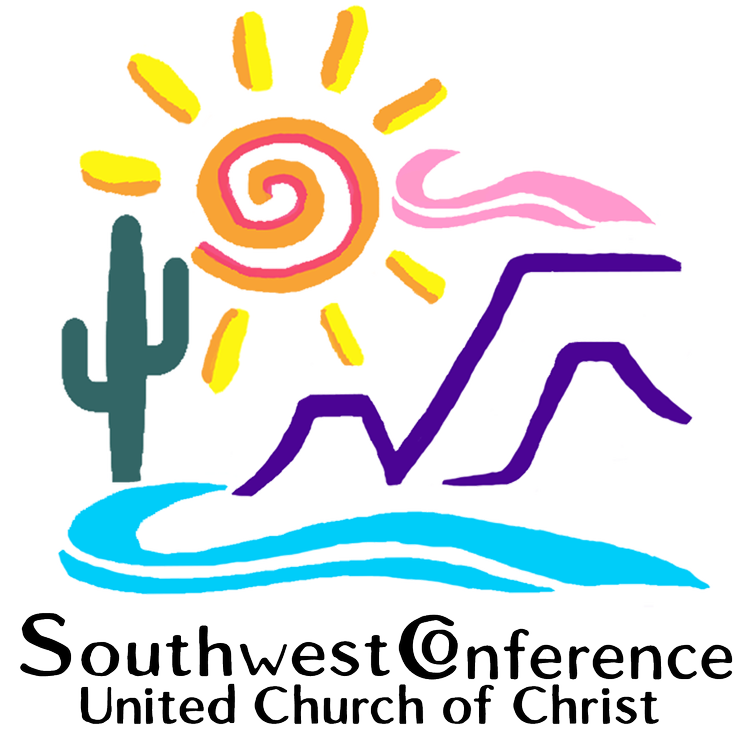by Sharon Fennema | published on Dec 29, 2022
One of the things I love about this time on the cusp of a new year is the plethora of year-end lists that circulate. Lists of the best movies and music of 2022 abound, as well as retrospectives of significant moments in our common life. I appreciate the opportunity these lists afford us to take stock of where we have been and to be present to what has been our experience of a year. There is something generative about this liminal time, these moments between year-end reflection and year-beginning possibilities.
As fun as it can be to relive a year through pop culture, art, and fashion trends, other year-end retrospectives are a little more sobering. As cultural observers and social and political analysts reflect on 2022, the rise in acts of violence based on white Christian nationalisms and far-right extremist views consistently surfaces as one of the key components of our common experience. As Susan Corke, Intelligence Project Director for the Southern Poverty Law Center, noted in her testimony before the House Committee on Homeland Security, “White supremacy has gone mainstream, which increasingly threatens people of color, our communities, our education system and democracy itself.” (See below for more resources about this trend).
The year-end analysis of the rise in white nationalist violence is both terrifying and important for us to face. And it is understandable that facing this reality gives rise to fear in progressive Christian communities and faith communities in general. The possibility that we will face violence for our stances on social justice issues, our embrace of LGBTQIA+ individuals as beloved ones of the Holy One, and our antiracism and decolonial work feels real and present. It is perhaps not surprising, then, that as we face these realities and come to terms with a culture of violence and fear, we turn toward the institutions and structures that our culture forms us to associate with safety. In the midst of our very real fears, we find ourselves turning to police to keep us safe.
The reality is, however, that the very people we are seeking to protect when we turn to police to keep us safe from white nationalist violence are actually further endangered by the presence of policing. We know that policing has disproportionately negative impacts on people of color, queer, trans and nonbinary people, people in mental health crises, disabled people, undocumented people, and poor or unhoused people, oftentimes resulting in violence against us, rather than protection of us. We know that policing is a white supremacist system aimed at protecting property and preserving white privilege. So where do we turn when the rise of white Christian nationalism and hate-based violence are on the rise?
In truth, people of faith have been developing ways to create safety without police for generations. We have practiced de-escalation and conflict resolution with our neighbors. We have met needs and fought for social justice so that our communities can thrive. We have found creative and prophetic ways to interrupt violence. And, what is more, thanks to contemporary abolition movements, we have more tools at our disposal to develop alternatives to policing than we have ever had before. While it may feel daunting to imagine safety for our churches without police, we can and must lean into this challenge and prepare ourselves to invest in the true safety of each invaluable member of the Body of Christ, because we need each part of the body to thrive. So, in this new year, how might you commit to building your capacity for building true community safety? What practical steps will you and your church take to reduce your reliance on police and build beloved community? The flourishing of the Body of Christ demands it.
More Resources:
To build your capacity for community safety:
SURJ-Faith’s Community Safety for All Toolkit has tons of resources for developing understanding, including spiritual and theological foundations, and concrete steps toward reducing our reliance on police.
Prayer and Preparation: An Introduction to Rapid Response and Embodiment Practices with Rev. Tracy Howe and Rev. Brittany Caine-Conley, offered for free on the UCC’s Frontline Faith learning portal, helps local church members prepare for and respond to violence.
Defund Fear: Safety without Policing, Prisons and Punishment by Zach Norris offers a groundbreaking vision for public safety through social analysis and storytelling.
No More Prisons: A Case for Abolition by Mariame Kaba and Andrea J. Ritchie centers survivors of state violence and community-based solutions to build a new world of safety.
For more information on the rise of white Christian nationalism:
A recent New York Times editorial argues that right-wing extremist violence in the United States is actually part of a global phenomenon and suggests ways to respond.
The Armed Conflict Location & Event Data Project highlights one of the unique aspects of this year’s hate-based violence: the way in which anti-LGBTIQA+ mobilization has fueled the largest increase in far-right protest activity this year, combining with white supremacy to drive violence toward individuals, groups, and communities.
A fact sheet from the Center for American Progress shows that when combined with easy access to guns, white nationalist violence often becomes deadly, as we have seen from Buffalo to Uvalde to Colorado Springs.
Find Susan Corke’s full testimony to congress here.
ABOUT THE AUTHOR
Dr. Sharon R. Fennema is the Join the Movement Toward Racial Justice Curator for the United Church of Christ.

